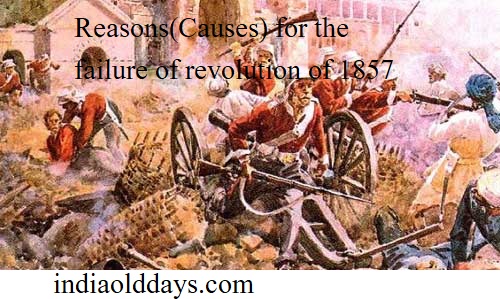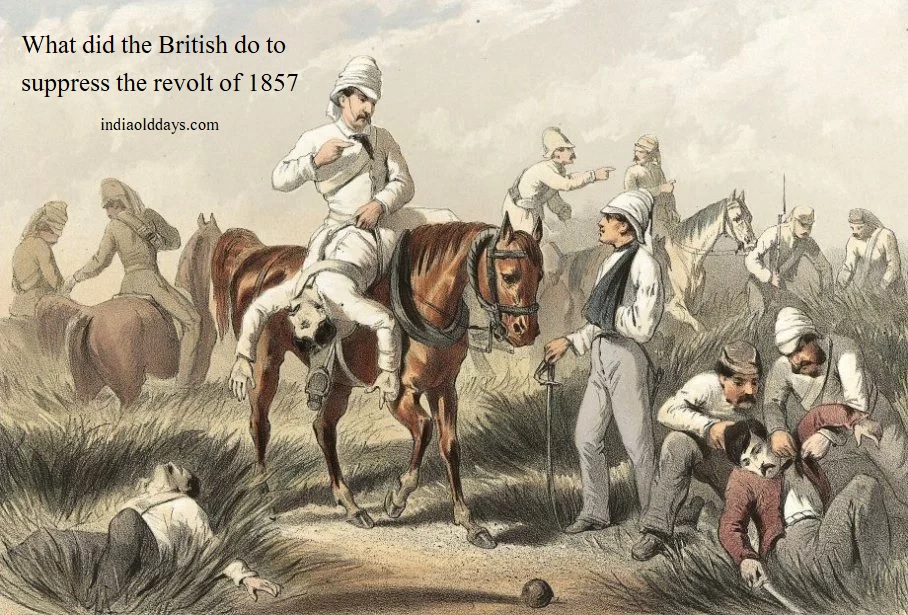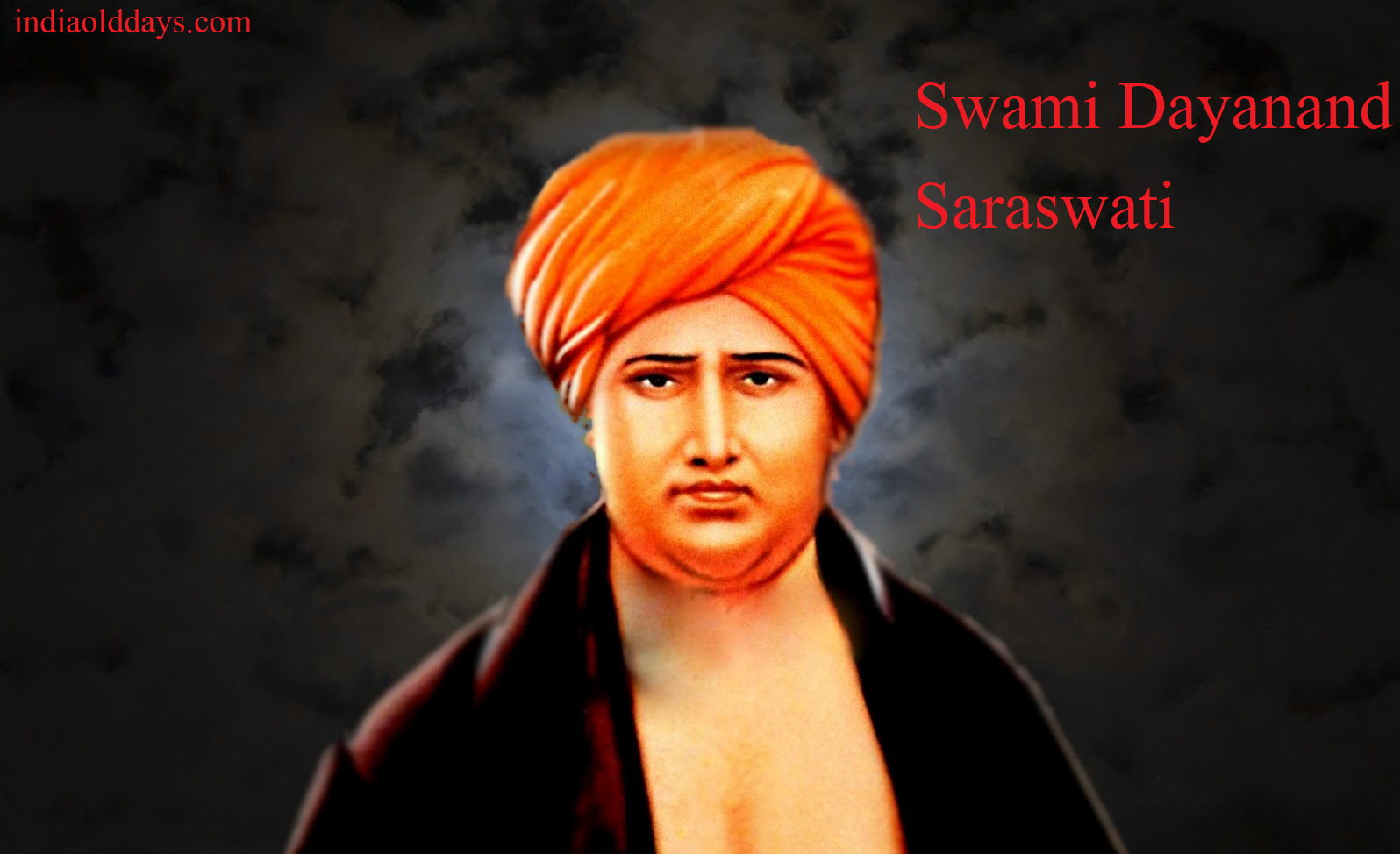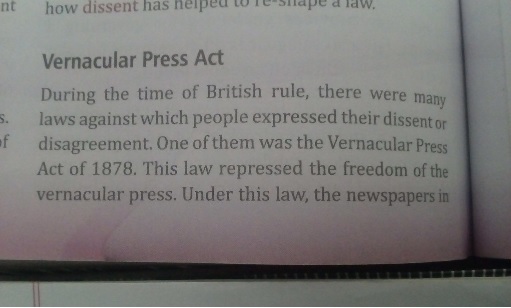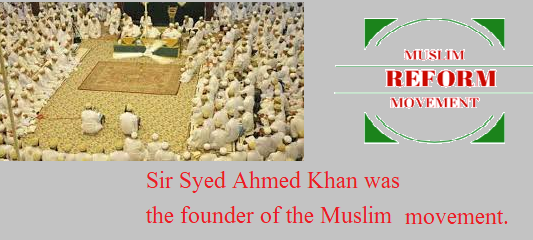The form of revolt of 1857
Scholars are not unanimous about the nature of the 1857 war. In 1857-58, some British had the opinion that the rebellion was an example of showing dissatisfaction by the masses, but most British writers have described it as a military insurgency.
The Christian missionary and spiritual people used to think this as a calamity sent by God because the company did not convert the Indian into Christian. Some English writers have even told this as a conspiracy of Hindu-Muslims to ruin the British. On the contrary, in 1909, Vinayak Damodar Savarkar called this First War of Independence. Therefore, there are still manu opinion about the nature of this rebellion.
Military revolt
According to Sir John Seale, the Revolution of 1857 was a rebellion of the selfish and not national soldiers, which had no leadership or support. Sir John Lawrence has described it as a military rebellion, and the main reason for this is the fat cartridge. P.E. Roberts also considered it as a military revolt.
V. A. Smith wrote that this was only a military revolt, which was the result of the indiscipline of
Indian soldiers and the stupidity of British military officers. Thus, almost all foreign historians consider it as military rebellion.
In independent India, the first century of 1857 revolution was celebrated in the year 1957 and on this occasion, the rebellion was reviewed by the Government and other researchers.
Surendranath Sen wrote in his book Eighteen Fifty Seven , the movement started as a military revolt, but was not limited to army only. The army also did not fully participate in the revolt. He also has written that it is wrong to say this rebellion only as a military rebellion.
Shashibhushan Chaudhary also called it the public revolt. Dr. R.C. Majumdar called it a military revolt, but he also said that in some areas the public had supported it. Nathuram Khadgavat said that the public directly or indirectly took part in Rajasthan rebellion.
Efforts to re-establish Muslim power
In the opinion of Sir James Outram, it was the result of the Muslim’s conspiracy, who wanted to satisfy their selfishness by the power of the Hindus. Smith has also supported it. So, this was a conspiracy of Muslims, who wanted to establish Muslim rule under the leadership of Mughal Emperor Bahadur Shah.
After some time, Zeenat Mahal also wrote letters to other rulers, about getting out the British from the country under the control of the Mughal emperor.
Feudalistic response
Historian Melison has called this feudal reaction by the feudalist against their rulers. Due to British policy, many feudal lost their property. The hatred and anger towards the British were natural.
On the other hand, the British, with the rulers of the country, reduced the privileges of the feudals and dropped their reputation. These feudal cooperated with the rebels to spread the rebellion. But participation in the struggle by only a few feudal, it cannot be called as a feudalistic reaction.
First struggle of freedom
Shri Savarkar first called this rebellion a war for national independence. According to
Pattabhi Sitaramayya, the movement of 1857 was India’s first struggle of freedom. Ashok Mehta has also tried to prove in his book “The Great Revolt” that it was a national rebellion.
Pandit Jawaharlal Nehru also wrote that military revolt had soon turned into a mass rebellion. Benjamin Disraeli in the British Parliament also called it a national uprising.
Surendranath Sen writes that the war that started in the name of religion, ended with the war of independence because there is no doubt the rebels wanted liberation from foreign rule and they were willing to re-establish the old rule, who was represented by the King of Delhi.
Reference : https://www.indiaolddays.com/

